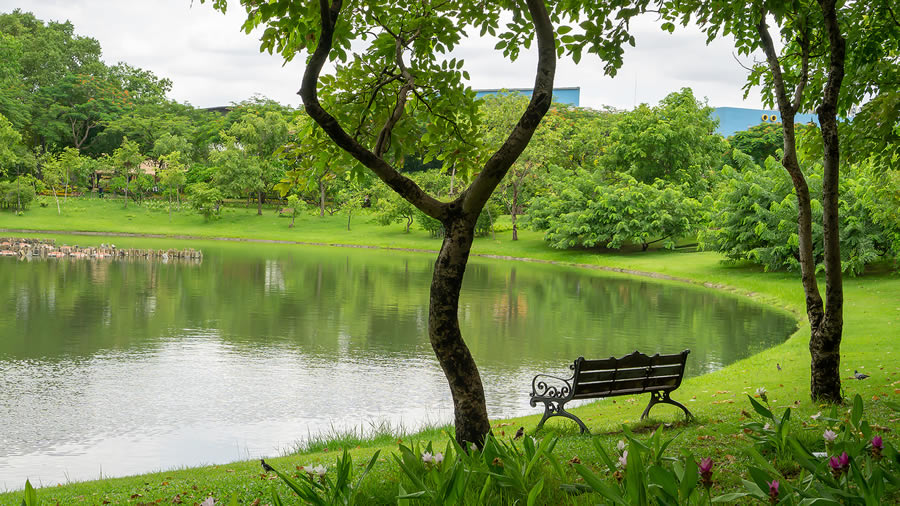
Aquatic Restoration provides holistic strategies to stop sludge by following proper care routines for aquatic environments like our ponds and keeping sludge at bay for healthy ecosystems and water quality. Continue reading for pond maintenance tips to keeping sludge at bay and creating balanced ecosystems!
Pond maintenance is key in avoiding sludge formation. Regular removal and cleanup of visible debris, such as leaves and plant matter from your pond, will significantly lower organic load and contribute to managing nutrients such as phosphorous and nitrogen that fuel algae growth, contributing to its formation. Implementation of an adequate aeration system will maintain balance within an ecosystem by maintaining the oxygen circulation necessary to balance conditions that could otherwise lead to its demise and formation of sludge deposits.
Retention ponds need special consideration in preventing pollutants and sediments from building up over time; routine inspections along with vegetation control around retention ponds are the way forward to prevent an accumulation of excess plant material entering the water, reducing the chances of sludge formation.
Large bodies like lakes are particularly prone to becoming polluted with sediment due to their vast catchment areas; monitoring the quality of water quality, including nutrient levels and turbidity, is therefore critical in early detecting imbalances or imbalances that might exist within an ecosystem. Dredging, extracting sediments from beneath lake beds by pulling them back out, should also be carried out periodically to manage sludge build-up within an ecosystem.
We offer diverse aquatic ecosystem solutions.
Algae and contaminants are hands down among the most common and frustrating problems that pond owners face today. Excessive algae…
Recreational lakes are valuable community and private assets, offering opportunities for boating, fishing, swimming, and relaxation. Over time, however,…
Stormwater ponds form a part of modern stormwater management systems. As the name suggests, they collect and manage runoff from…
Sediment buildup is one of the biggest threats to lakes and ponds. It not only impacts water quality but also…
If you own a pond or lake, you know that proactive maintenance is an integral part of keeping the…